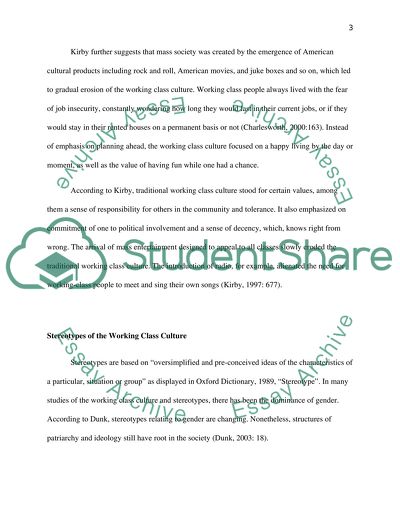Cite this document
(“Media studies Essay Example | Topics and Well Written Essays - 2500 words”, n.d.)
Retrieved from https://studentshare.org/journalism-communication/1476911-media-studies
Retrieved from https://studentshare.org/journalism-communication/1476911-media-studies
(Media Studies Essay Example | Topics and Well Written Essays - 2500 Words)
https://studentshare.org/journalism-communication/1476911-media-studies.
https://studentshare.org/journalism-communication/1476911-media-studies.
“Media Studies Essay Example | Topics and Well Written Essays - 2500 Words”, n.d. https://studentshare.org/journalism-communication/1476911-media-studies.


